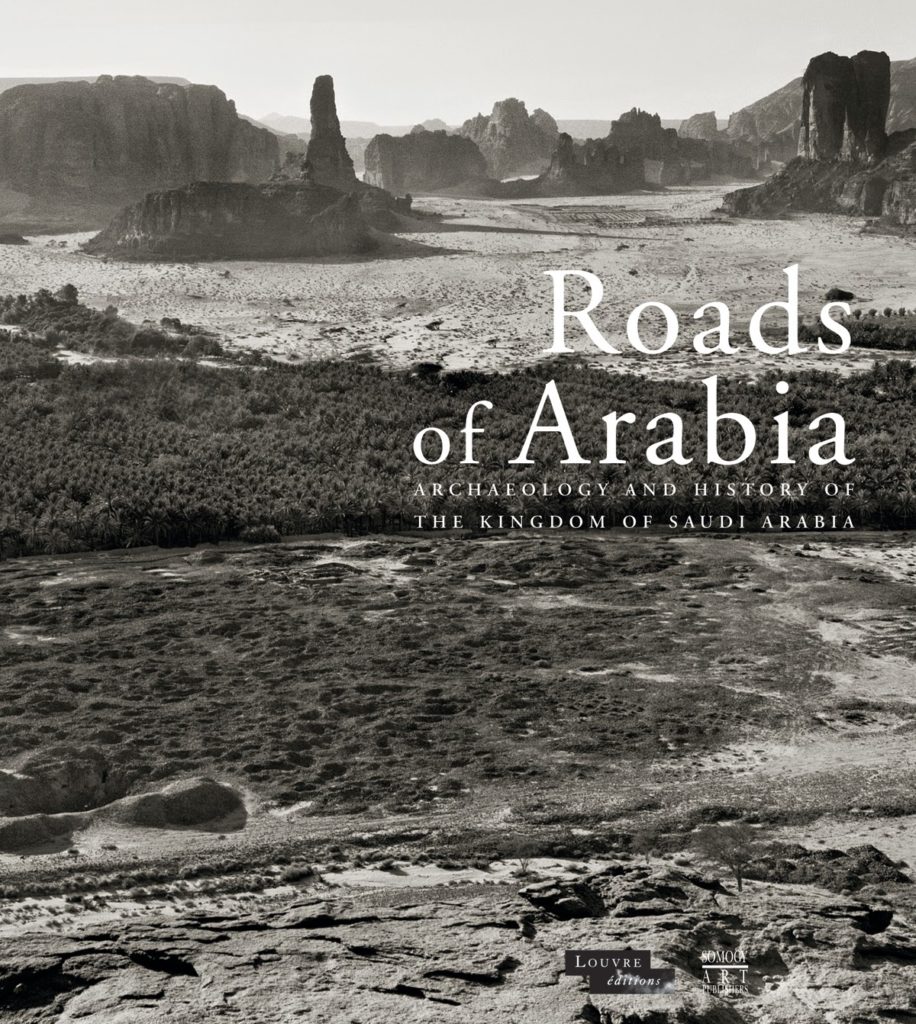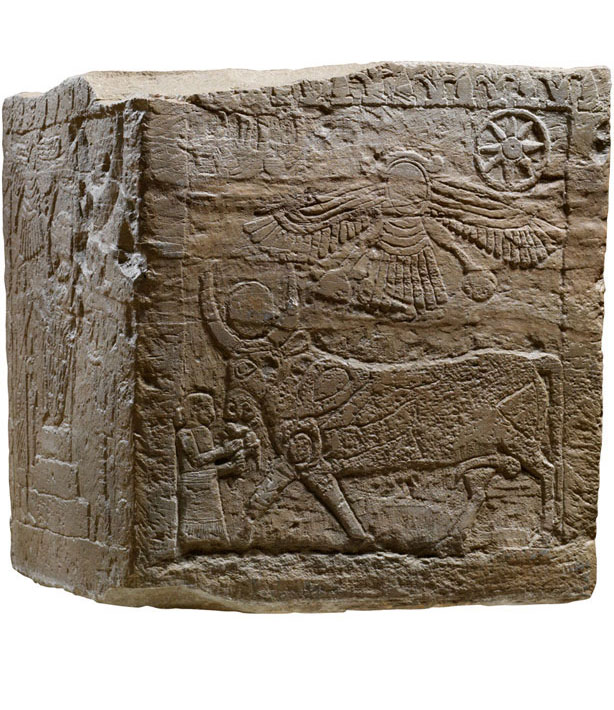“A joint report by German and Syrian organisations has documented severe damage to Syria’s historical heritage and antiquities.” (Report on Academia)
“An ancient cave decorated with distinguished engravings depicting scenes of animals has been discovered at Wadi Al-Zulma in North Sinai.”
“The southern region of Najran [in Saudi Arabia] is set to become the largest open museum of rock inscriptions in the world.”
Egypt is proposing a merger of its tourism and antiquities departments.
“British anti-racism protestors called for the destruction of Egypt’s Giza Pyramids on Sunday, after tearing down a statue of a slave trader in the city of Bristol and throwing it in the Avon river.”
“A comparison between the names mentioned in the biblical book of Jeremiah and those appearing on archaeological artifacts from the period when the prophet is believed to have lived – around the sixth to seventh centuries BCE – offers support to its historicity.”
The British Museum blog: “Whip up a classical feast with nine recipes from ancient Greece and Rome.”
The latest British Museum travel guide is for Thebes in the 13th century BC.
New: Unearthing the Bible: 101 Archaeological Discoveries That Bring the Bible to Life, by Titus Kennedy. The author was on the Eric Metaxas show recently discussing the book.
Coming soon: The Case for Biblical Archaeology: Uncovering the Historical Record of God’s Old Testament People, by John D. Currid (also in Logos)
Carl Rasmussen shares photos of Aphrodisias, one of the most beautiful antiquity sites in Turkey and one that many tourists never see (including, sadly, your roundup writer).
“Windows into the Bible” is a new podcast by Marc Turnage that looks at geographical, cultural, historical, and spiritual contexts. I’ve been told the episode on Pilate is quite intriguing.
HT: Joseph Lauer, Charles Savelle, Agade, Ted Weis, Explorator



